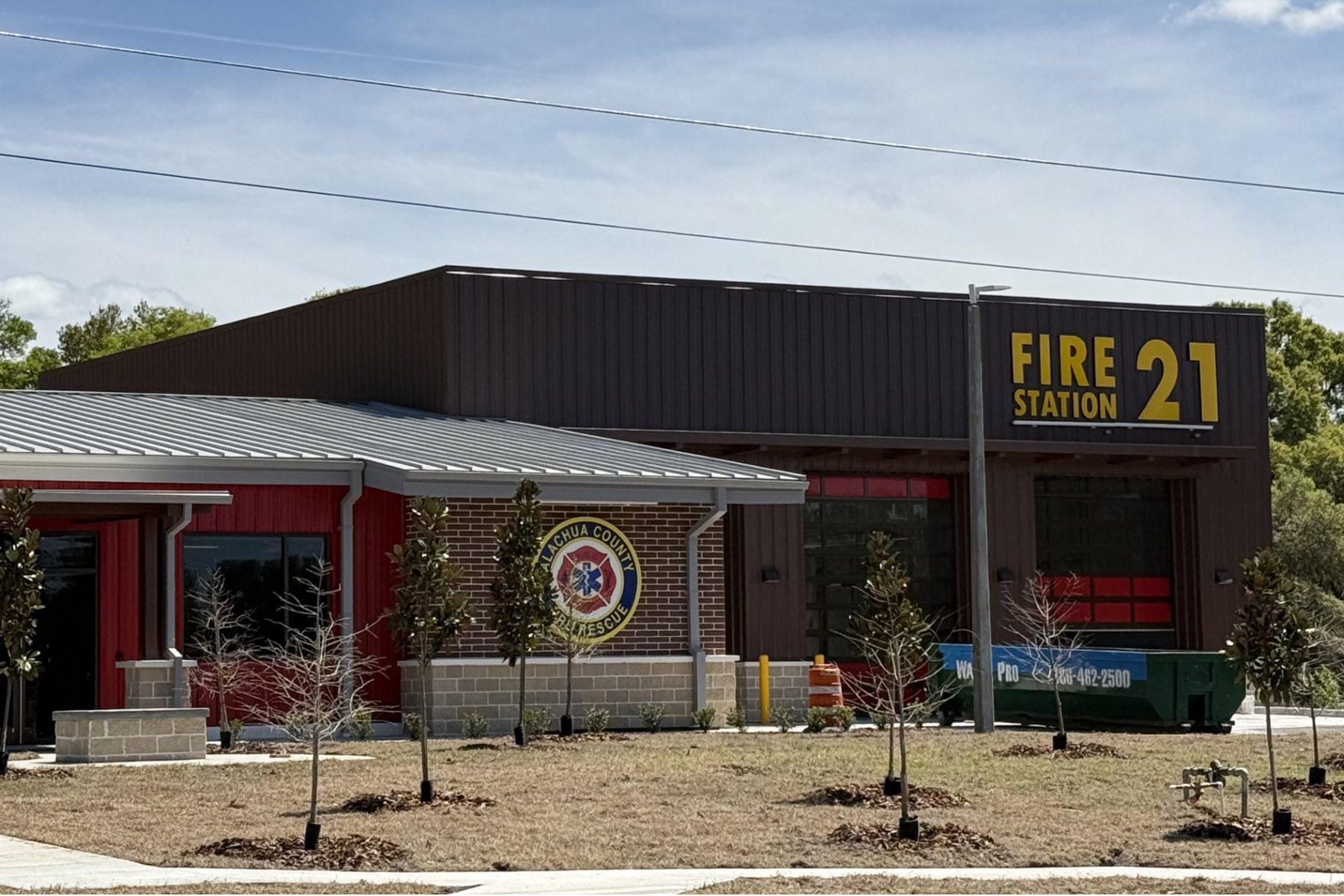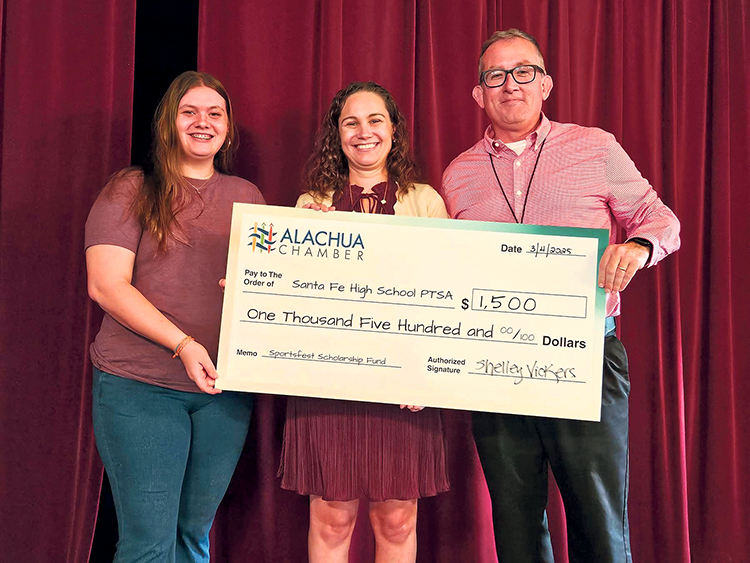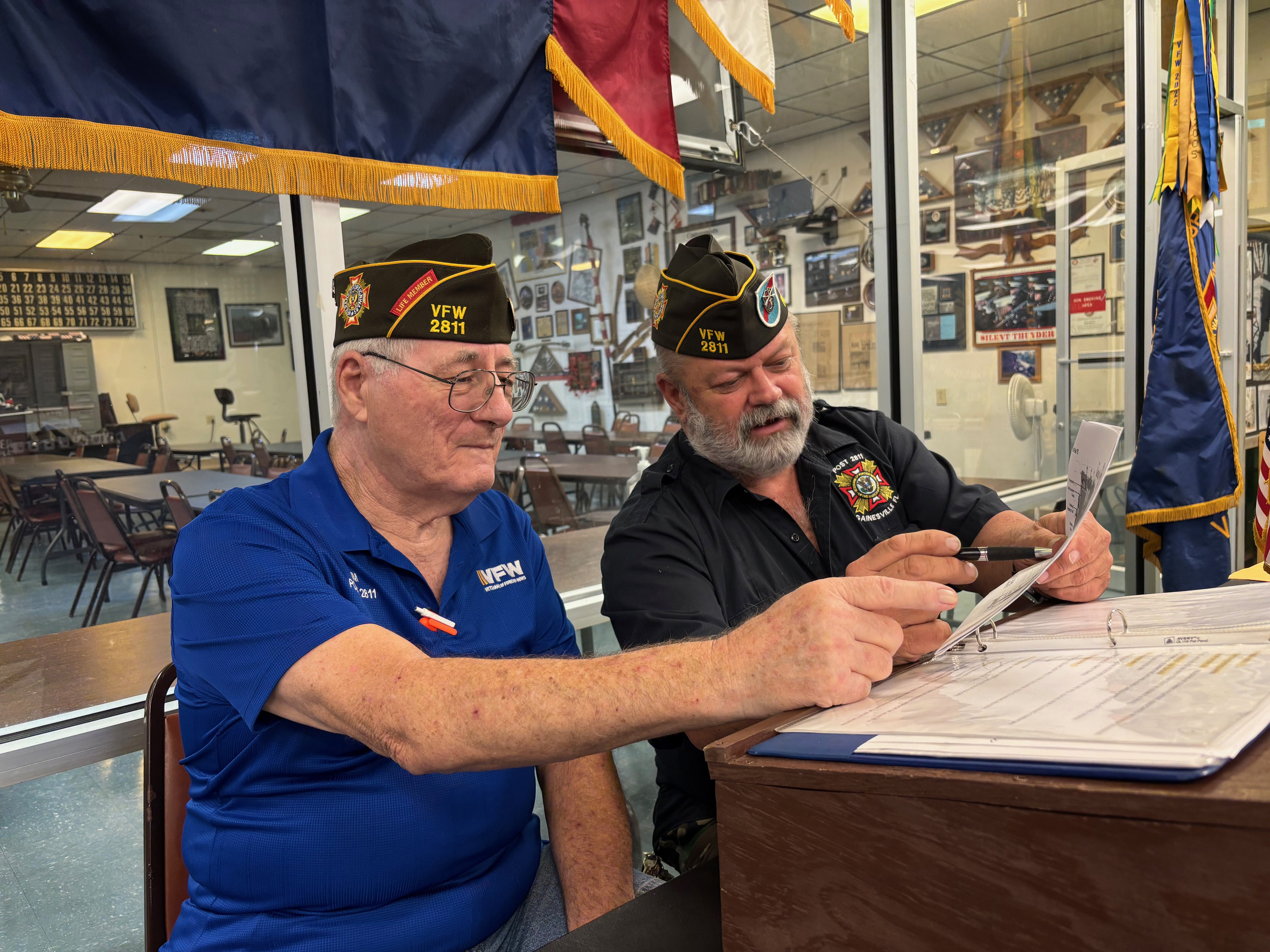UPDATED BREAKING NEWS: Judge Dismisses Case Alleging Misconduct at Santa Fe High School
UPDATED 04.02.2025 5:42 p.m. - GAINESVILLE ‒ A lawsuit alleging incidents of a “sexual” nature at Santa Fe High School, brought by Anneke Acree on behalf of her child, has been dismissed.
The amended complaint, dated Jan. 8, 2025, stemmed from an initial filing on Oct. 30, 2024, against both the Alachua County School Board and the City of Alachua.
On Monday, March 31, 2025, Circuit Judge Donna Keim dismissed Count III (negligence per se) against the City of Alachua with prejudice—barring the plaintiff from refiling the same claim.
On Tuesday, April 1, Judge Keim also dismissed both remaining claims against the Alachua County School Board: Count I (negligent supervision) and Count II (negligence per se). Count II was dismissed with prejudice, while Count I was dismissed without prejudice—though the judge's order casts doubt on whether any amendment could keep the case alive.
As to the count lodged against the City of Alachua, the judge stated the negligence theory advanced by Acree’s attorney, based on an alleged violation of statute, is premised on an unknown City employee's failure to comply with the child abuse reporting guidelines of Chapter 39, Florida Statutes. “Notably, Plaintiff does not identify the City employee or employees purported to have been negligent, nor does she articulate what knowledge is imputed to the City regarding the alleged abuse,” the judge wrote.
Additionally, Judge Keim clarified that courts in Florida have repeatedly ruled that Chapter 39 does not give individuals the right to sue over a failure to report abuse. Unless a law clearly states that people can file lawsuits, or lawmakers intended for it to be an option, no such right exists. This has been confirmed in several court cases, the judge said.
The Count II negligence per se claim against the Alachua County School Board was dismissed with prejudice for the same reasons as the count against the City of Alachua. In other words, the allegations by Acree are vague, and the legal theory advanced by Acree’s attorney is statutorily unsound.
Finally, the court left little room for hope on Count I against the Alachua County School Board, which is titled as “Negligent Supervision.” In ruling on that issue, the court found that under Florida's Impact Rule, a plaintiff can only recover damages for emotional distress in this type of case if the person suffered a physical injury, a direct impact, or if their emotional distress has caused physical symptoms. The judge held in this case that the alleged physical manifestations of emotional distress clearly fell outside of the exceptions to the “impact rule,” contrary to those arguments put forth by Acree’s attorney. In fact, court cases cited by the court specifically found that the types of “trauma” allegedly suffered by the student are precisely the types that elude any exception to the impact rule.
Although the judge left the door open for Acree to file an amended complaint, the outlook for the plaintiff is bleak. “The Court believes additional amendment to the Complaint is likely futile as the detailed facts previously alleged clearly fail to state a cause of action against this Defendant due to the impact rule.” However, Judge Keim is allowing Acree 10 days to attempt to file a second amended complaint. A failure to file an amended complaint will close the case without further order.
This story is developing. Check back for updates.
# # #
Email editor@
alachuatoday.com
Add a comment





